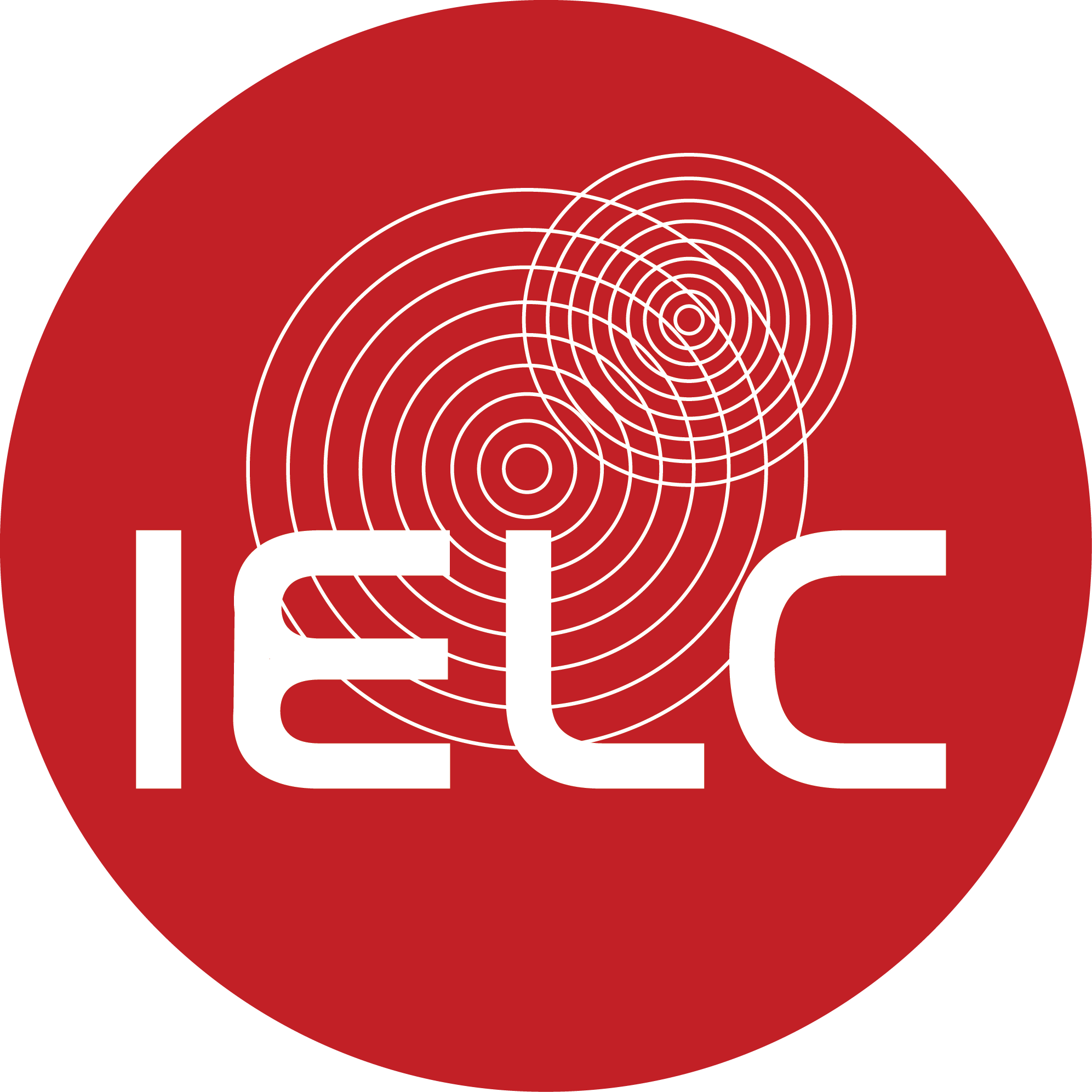| Special Journal Issue Instructional leadership in East Asia |
||||
|---|---|---|---|---|
Theme |
Qualitative studies of principal instructional leadership in East Asia This special issue of the journal is devoted to reporting second-stage findings from the Instructional Leadership in East Asia project. More specifically, the issue is comprised of reports of preliminary empirical investigations of principal instructional leadership in China, Taiwan, Malaysia, Singapore and Vietnam. The broad goal of the studies was to illuminate current instructional leadership practices from the perspectives of primary school principals in each of these societies. |
 |
||
Issue Objectives |
To illuminate current instructional leadership practices from the perspectives of primary school principals in China, Taiwan, Malaysia, Singapore and Vietnam societies.
|
|||
Issue Co-editors |
 |
Professor Allan Walker Joseph Lau Chair Professor of International Educational Leadership Dean of Faculty of Education and Human Development Director of The Asia Pacific Centre for Leadership and Change The Education University of Hong Kong China |
 |
Professor Philip Hallinger TSDF Chair Professor of Leadership College of Management, Mahidol University Thailand Senior Research Fellow Asia Pacific Centre for Leadership and Change The Education University of Hong Kong China |
| Contributors |
|
|||
|
||||
|
||||
|
||||
|
||||
|
||||

